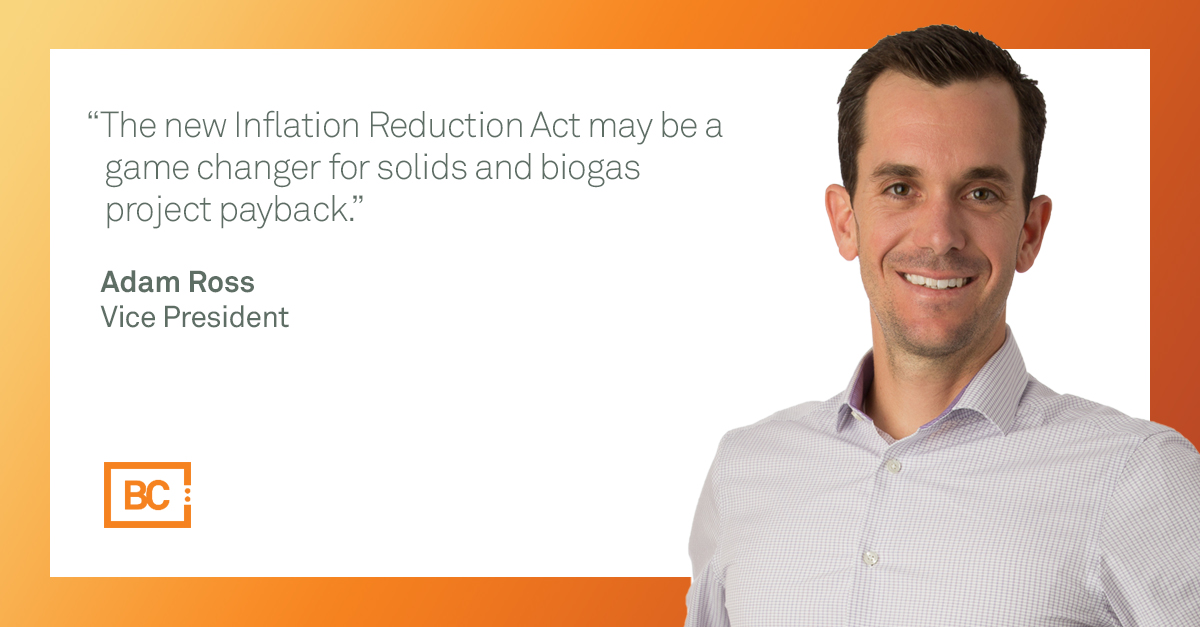
On Nov. 4, the EPA announced initial public engagement and input opportunities for new and existing programs funded by the Inflation Reduction Act (IRA). The aim of these programs is to deliver substantial emissions reductions to tackle climate change, improve public health, and reduce pollution in overburdened communities.
The EPA’s Request for Information (RFI) aims to collect public comments on a range of questions in a set of six non-regulatory dockets including climate pollution reduction grants, transportation programs, and low emissions electricity program and greenhouse gas corporate reporting.
Also this month, the EPA proposed strengthened standards to further reduce methane and other harmful air pollution. The proposed updates would result in more comprehensive emissions reductions from oil and natural gas facilities. The goal of these expanded standards is to protect communities, combat climate change, and foster innovation.
In other environmental updates, we highlight the following in our Compliance News:
Ask an Expert: Inflation Reduction Act
BC expert Adam Ross shares insights on the new IRA and how it may help you fund your solids and biogas related projects. Read “Ask an Expert”
SCOTUS revisits WOTUS
The U.S. Supreme Court’s 2022 fall docket opened with Sackett v. EPA , which will determine which test courts should use to decide which waters are “waters of the United States” (WOTUS).
RCRA MPU exemption decision
A recent decision by an EPA administrative law judge rejected an EPA argument of its interpretation of the Manufacturing Process Unit (MPU) exemption under the Resource Conservation and Recovery Act (RCRA), which may lead to more leeway regarding MPU exemptions.
EPA proposes crackdown on fugitive emissions exemptions
A proposed rule issued by the EPA on Oct. 13 signifies the agency’s intent to include additional large industrial sources in the requirements to account for “fugitive emissions” in determining whether a physical or an operational change at their facility is a “major modification.”


 In August, President Biden signed into law the Inflation Reduction Act of 2022 (IRA) aimed at curbing inflation through a variety of initiatives. The law also authorized $391 billion in provisions related to climate change and energy security. This represents the largest investment in climate change in U.S. history.
In August, President Biden signed into law the Inflation Reduction Act of 2022 (IRA) aimed at curbing inflation through a variety of initiatives. The law also authorized $391 billion in provisions related to climate change and energy security. This represents the largest investment in climate change in U.S. history.